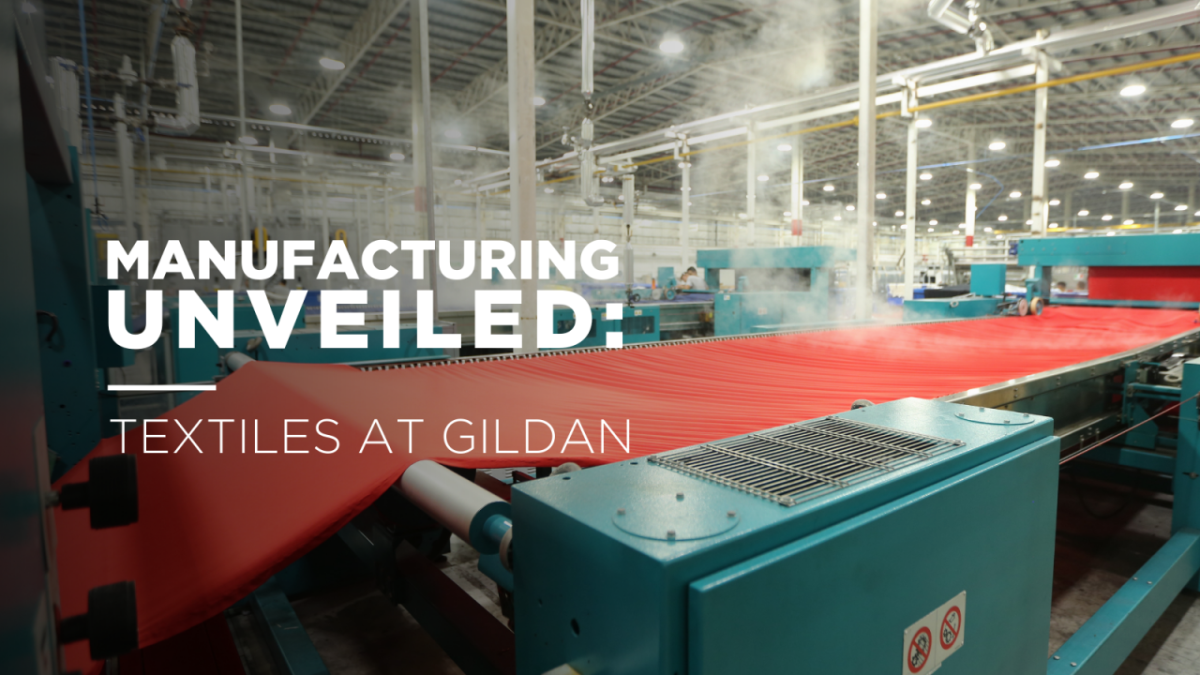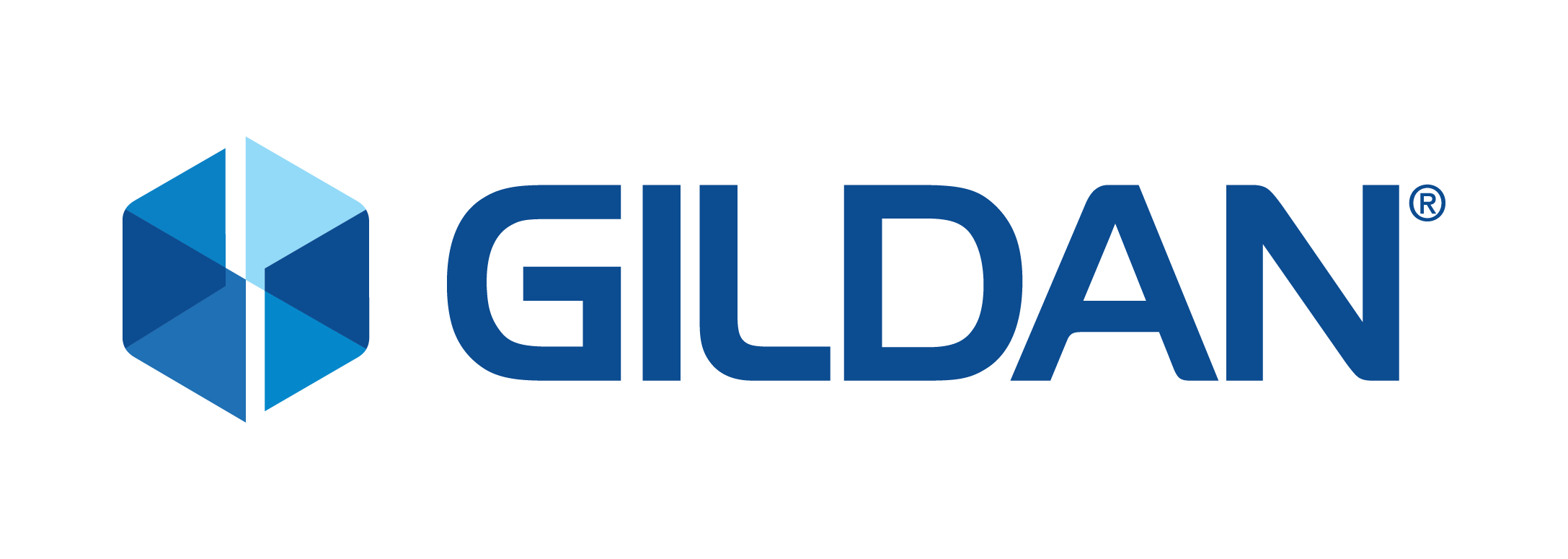Manufacturing Unveiled: Textiles at Gildan
Gildan explains their second step behind making a t-shirt

This article is part of a series dedicated to walking readers through the steps behind Gildan’s t-shirt-making process. View the entire series here.
After yarn has been spun during step one of the t-shirt manufacturing process, it is then sent to undergo the second step, which happens at one of the Company’s highly-efficient textile facilities located predominantly in Central America and the Caribbean Basin. This part of the process turns yarn into fabric by knitting, dyeing, finishing, and cutting materials, making it one of the most complicated yet essential steps. While this step depends on a variety of processes, Gildan’s continued investments into energy efficiency and innovative technologies has helped these facilities operate more sustainably.
At these facilities, yarn is first knit together inside knitting machines and transformed into long sheets of rolled fabric. These rolls emerge from the machines as giant wheels. Afterwards, the rolls are sent to be dyed and finished inside large machines called “jets”. Once they have been rinsed and dyed, sheets of fabric are extracted from the jets before they are sent to be treated and dried. 100% of the wastewater produced during these processes at Gildan’s facilities in Honduras and Dominican Republic are treated using biological systems. These systems eliminate chemicals and dyes before safely returning clean water back into the environment.
Jets at one of Gildan’s textile facilities
After, the fabric is sent to be compacted before it is fed into automated cutting machines on large conveyor belts, where it is cut in a cookie cutter-like fashion by sharp blades.
Piles of cut fabric at one of Gildan’s textile facilities
Once the fabric has been cut into parts, piles of deconstructed garments are ready to be sent to Gildan’s sewing facilities so that they can be pieced together and sewn into t-shirts.
To view behind-the-scenes footage of Gildan’s textiles process, click here.

